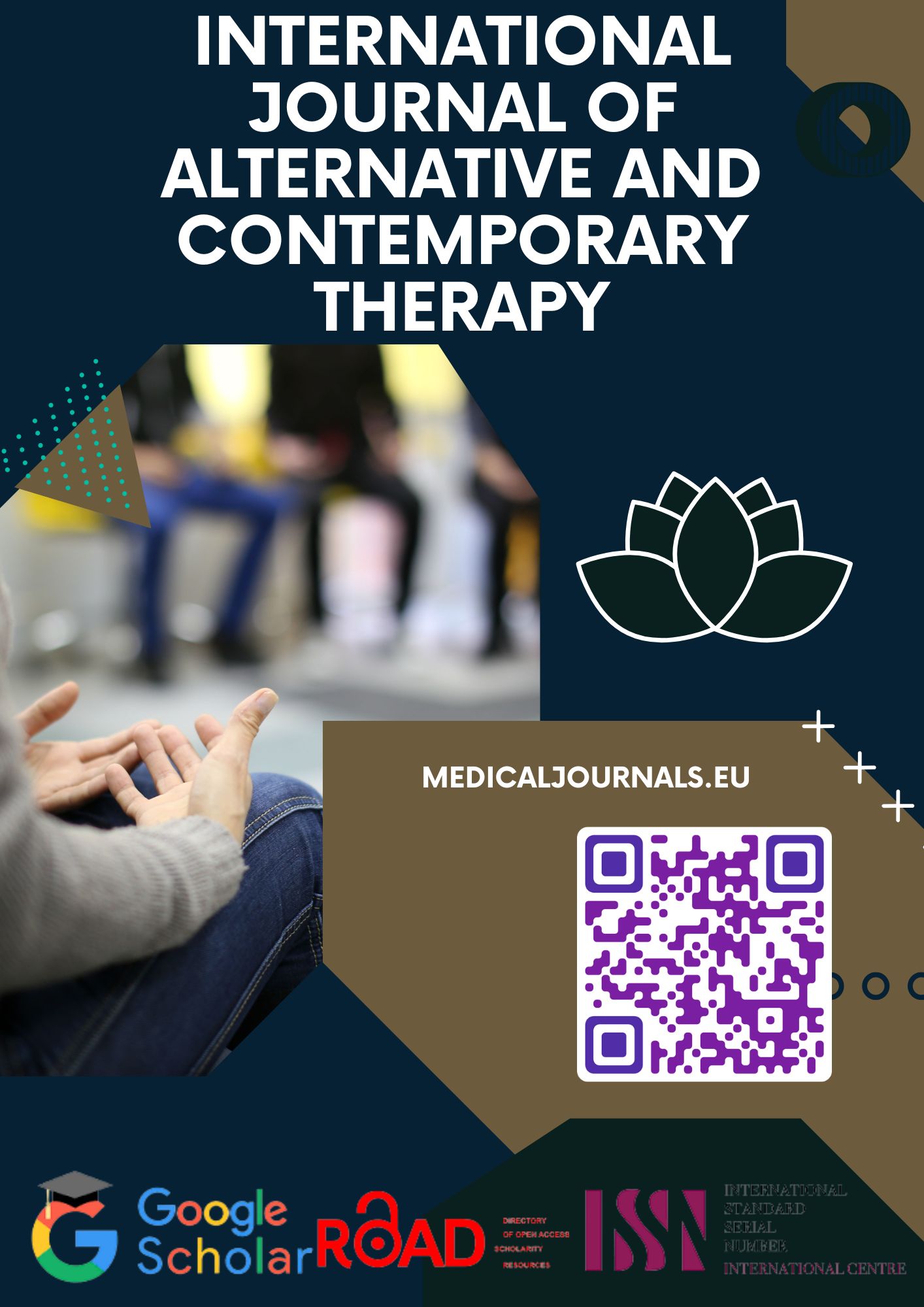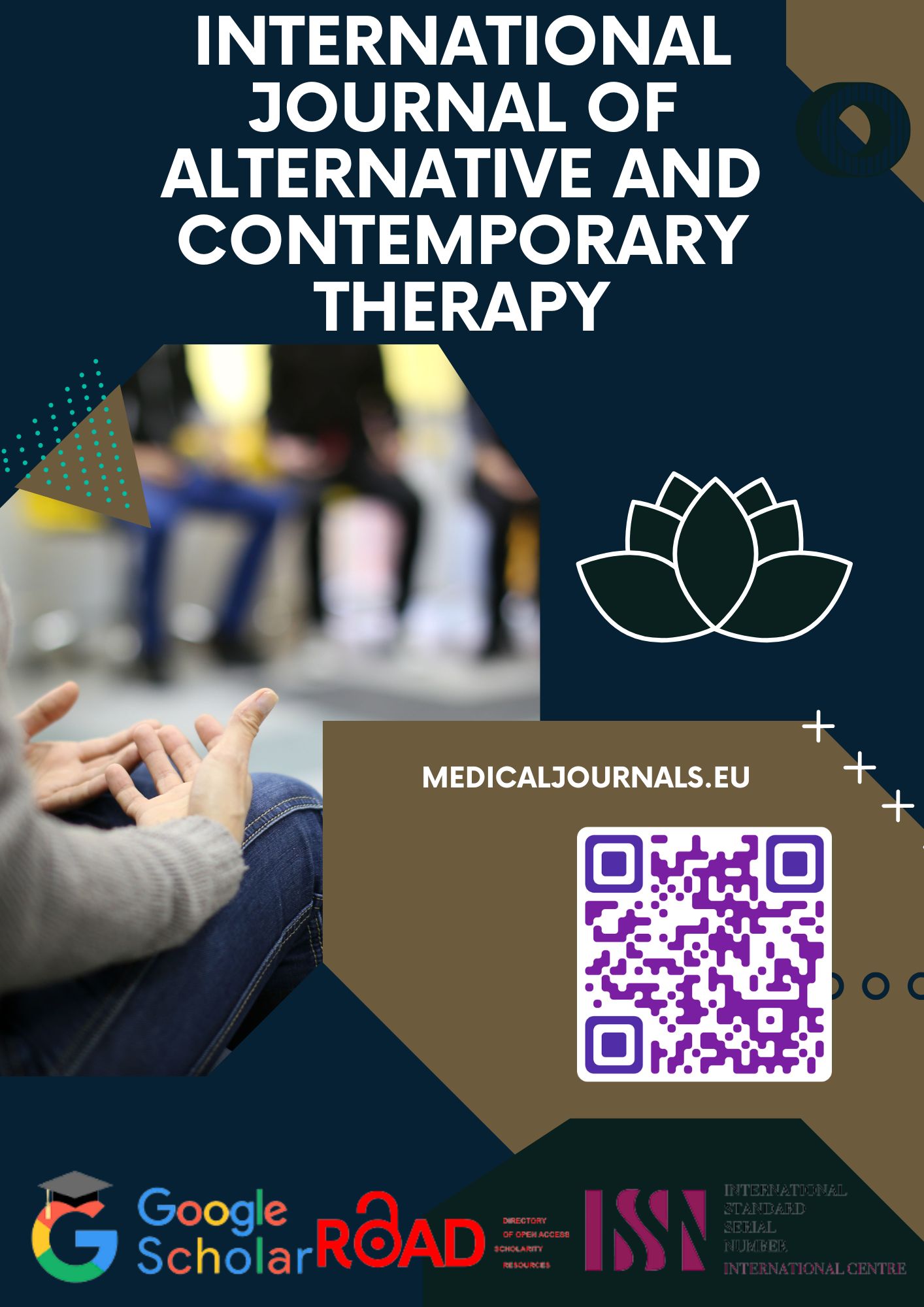Microbial Landscape in Patients with Complicated Forms of Chronic Suppurative Mediastinal Otitis Media
Keywords:
chronic purulent otitis media, mastoiditis, labyrinthitis, meningitis, abscessAbstract
Despite significant progress in prevention, diagnosis, and treatment, chronic otitis media remains one of the most common and dangerous diseases among the population of the planet. In otology practice, the problem of early diagnosis and effective treatment of patients with chronic otitis media with complications remains key. The study aims to analyze the microbial flora of different parts of the middle ear in chronic purulent otitis media with complications, assess the sensitivity of these microorganisms to various antibiotics, and comparatively analyze the microflora of pathologically altered areas of the middle ear detected during surgery. A total of 114 patients with chronic purulent otitis media with various complications who were hospitalized over the past 10 years and underwent surgery were examined. Microbiological methods included studying the species composition of microflora from the middle ear. After the identification of the isolated microflora species, its sensitivity to antibiotics of various groups was studied. As a result of bacteriological examination, it was established that in the etiological structure of chronic purulent otitis media complications the predominant microorganisms are gram-positive pyogenic cocci (golden and epidermal staphylococci), as well as non-fermenting rods (pseudomonas aeruginosa). In microbial associations yeast and mold fungi of the genus Aspergillus spp., Candida spp. and Mucor spp. were found. Obligate anaerobic microorganisms were less common, while peptostreptococci dominated among them. During the study, the greatest sensitivity of microbes was established to cephalosporins (cefuroxime, ceftriaxone, cefotaxime) and fluoroquinolones (ciprofloxacin). Based on this, the treatment of patients was carried out using 2nd and 3rd-generation cephalosporins in combination with fluoroquinolones locally, as well as antifungal drugs.
References
Allahveranov D. A., Diab H. M., Korvyakov V. S. The feasibility of antibacterial therapy in surgical treatment of tubotympanic form of chronic purulent otitis media. Russian Otolaryngology 2017-2(87)-104-112
Babaev S.Yu., Novozhilov A.A., Abubakirov T.E., Mitrofanova N.N., Kozarenko E.A., Shakhov A.V. Microbiota of the tympanic cavity in patients with chronic purulent otitis media. Russian Otolaryngology/ Russian Otorhinolaryngology 2019;18;3(100) 22-26
Beloglazova N.N., Vasilyeva L.I. et al . Microbial biocenoses in chronic purulent otitis media. Bulletin of Otorhinolaryngology , 2010, 4: 17-19.
Gurov A.V., Guseva A.L. Microbiological features of chronic purulent otitis media and their influence on the course of the disease. Bulletin of Otorhinolaryngology, 2007, 2: 7-10.
Zakharova G. P., Shabalin V. V., Anikin I. A., Tyrnova E. V., Astashchenko S. V., Sapogovskaya A. S. Features of the motor activity of the epithelium of the mucous membrane of the auditory tube in patients with chronic otitis media. Russian Otolaryngology. 2015;4:49–53.
Kozhantaeva S.K., Ismagulova E.K., Ospanova G.A. Hearing impairment in chronic otitis media. Modern medicine No.4(23) 2021, 30-32.
Kryukov A.I. , Ivoylov A.Yu., Garov E.V., Pakina V.R., V.V. Yanovsky V.V., The influence of microbial flora on the course of chronic purulent otitis media. Medical Council, 2014, 21-23.
Kulmakov S.A., Soldier's Yu.L., Polunin MM., Minasyan V.S., Edgham S.R. Ivanenko A.M., Zhilina S.V. Bacterial microbiota at exacerbation of chronic purulent otitis media in children Bulletin of Otolaryngology. 2023;88(5):7 11 .
Luchikhin L.A., Palchun V.T. Expediency and effectiveness of antibacterial therapy in JIOP practice. Bulletin of Otorhinolaryngology, 2006, 3: 27-30.
Mingbolatova P. A. Effect of bacterial agent on ciliary activity of the middle ear mucosa. Russian Otolaryngology. 2008;6:83–88.
Sitnikov V. P., Yadchenko E. S., Shlyaga I. D. Microbiological structure of chronic purulent otitis media in the Gomel region. Bulletin of Otolaryngology. 2013;78;1:14–18.
Sitnikov V.P., El- Refai H., Yadchenko E.S. Influence of microbial flora and ways of rational etiotropic therapy of chronic purulent otitis media. Medical and biological problems of life. 2015;(2):148-153.
Khatamov Zh. et al. Modern principles of treatment of allergic rhinitis // Journal of Problems of Biology and Medicine. - 2010. - No. 2 (61). - P. 61-64.
Nasretdinov T. Kh., Khatamov Zh. A., Mukhamadiev O. Sh. Double otogenic brain abscess in a 14-year-old child // Bulletin of Otorhinolaryngology. – 2007. – No. 2. – S. 60-61.
Adoga A., Nimkur T., Silas O. Chronic suppurative otitis media: Socio-economic implications in a tertiary hospital in Northern Nigeria. Pan Afr Med J 2010;4:3 .
Acuin J, Smith A, Mackenzie I. Interventions for chronic suppurative otitis media. Cochrane Database Sust . Rev. 2000, 2. CD 000473.
Balan S., Viswanatha B. Microbiology of chronic suppurative otitis media: a prospective study in a tertiary care hospital. Journal of Otolaryngology-ENT Research. 2017; 9;1:1 –4.
Khatamov JA Results of complex treatment for chronic purular epitympanitis with complications //World Bulletin of Public Health. – 2024. – T. 35. – P. 88-90.
Rosenfeld RM, Singer M, Wasserman JM et al. Systematic review of topical antimicrobial therapy for acute otitis external. Otolaryngol . Head Neck Surg., 2006, 134, 4: 24-48.
Zina Bakir A. Study of Bacterial Isolates and their Susceptibility Pattern in Chronic Suppurative Otitis Media. IOSR Journal of Pharmacy and Biological Sciences. 2015;10; 6;I :1–5.








